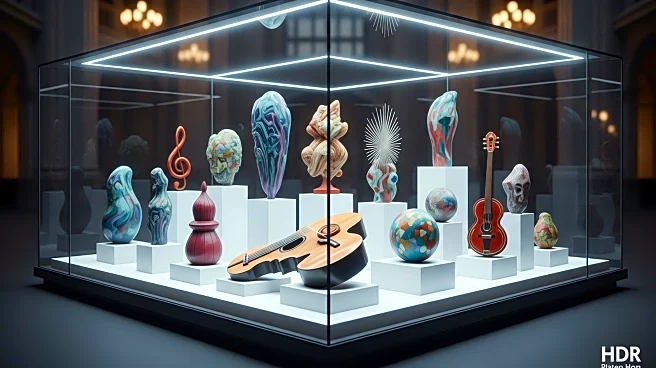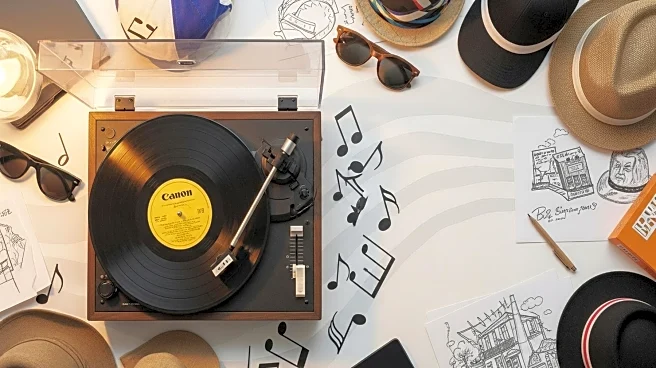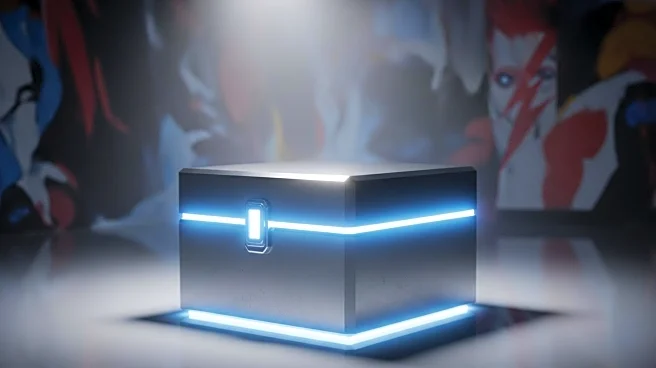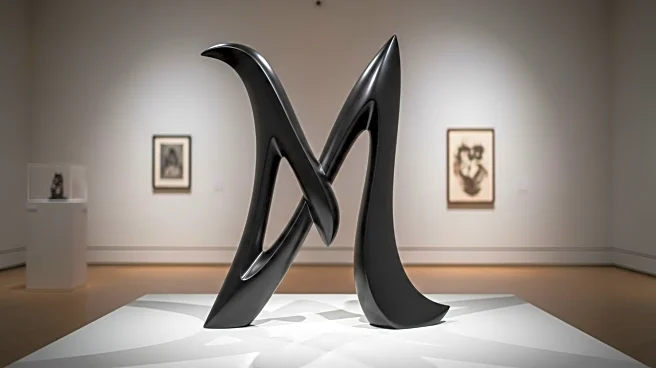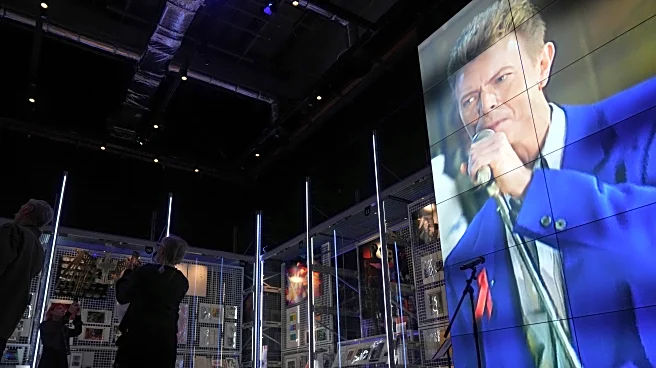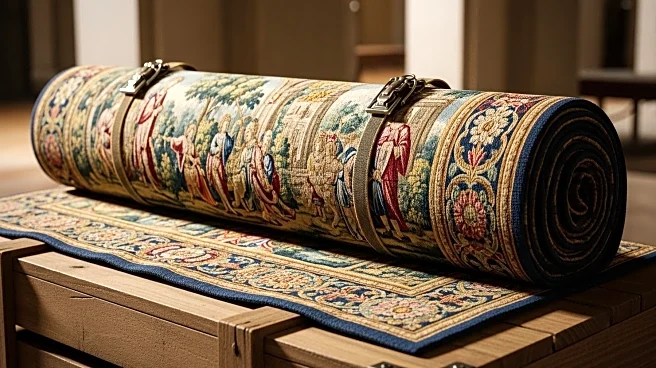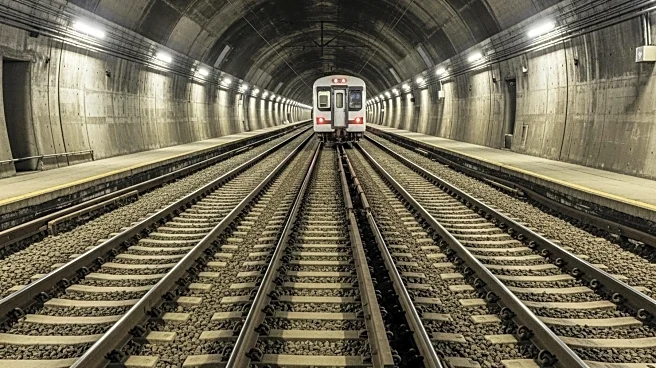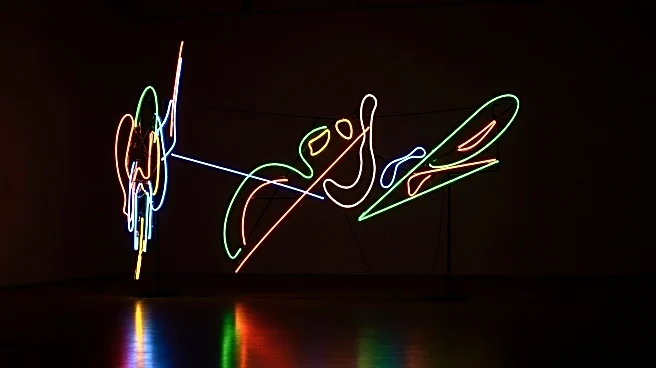What is the story about?
What's Happening?
The Victoria and Albert Museum in London has unveiled the David Bowie Centre, housing over 90,000 artifacts from the late musician's career. This extensive archive includes costumes, musical instruments, stage models, handwritten notes, and artworks. The center, part of the V&A East Storehouse at Queen Elizabeth Olympic Park, offers public access to these items, with mini-displays highlighting key themes in Bowie's career. Visitors can engage with up to five items from the archive in a study room. The archive was acquired with support from the David Bowie Estate, the Blavatnik Family Foundation, and Warner Music Group, and has been cataloged over two years by a dedicated team.
Why It's Important?
The opening of the David Bowie Centre is significant for cultural preservation and public engagement with Bowie's legacy. It provides a comprehensive look at the artist's multifaceted career, offering inspiration and insight into his creative process. The archive's accessibility allows fans and researchers to explore Bowie's contributions to music, fashion, and art, fostering new interpretations and discussions. This initiative underscores the importance of preserving cultural heritage and making it available for public exploration, potentially influencing contemporary artists and cultural discourse.
What's Next?
The David Bowie Centre will continue to serve as an active research environment, with ongoing cataloging and exploration of the archive's contents. The center plans to host rotating displays curated by guest curators, such as Nile Rodgers and the Last Dinner Party, to offer fresh perspectives on Bowie's work. This dynamic approach aims to keep the archive relevant and engaging, encouraging visitors to make connections between Bowie's legacy and contemporary cultural discussions.
Beyond the Headlines
The archive not only showcases Bowie's public persona but also reveals his meticulous record-keeping and involvement in preserving his legacy. It includes unrealized projects and personal memorabilia, offering a deeper understanding of his creative mind. This aspect of the archive highlights the importance of documenting creative processes and the potential impact of such preservation on future generations of artists.
AI Generated Content
Do you find this article useful?
